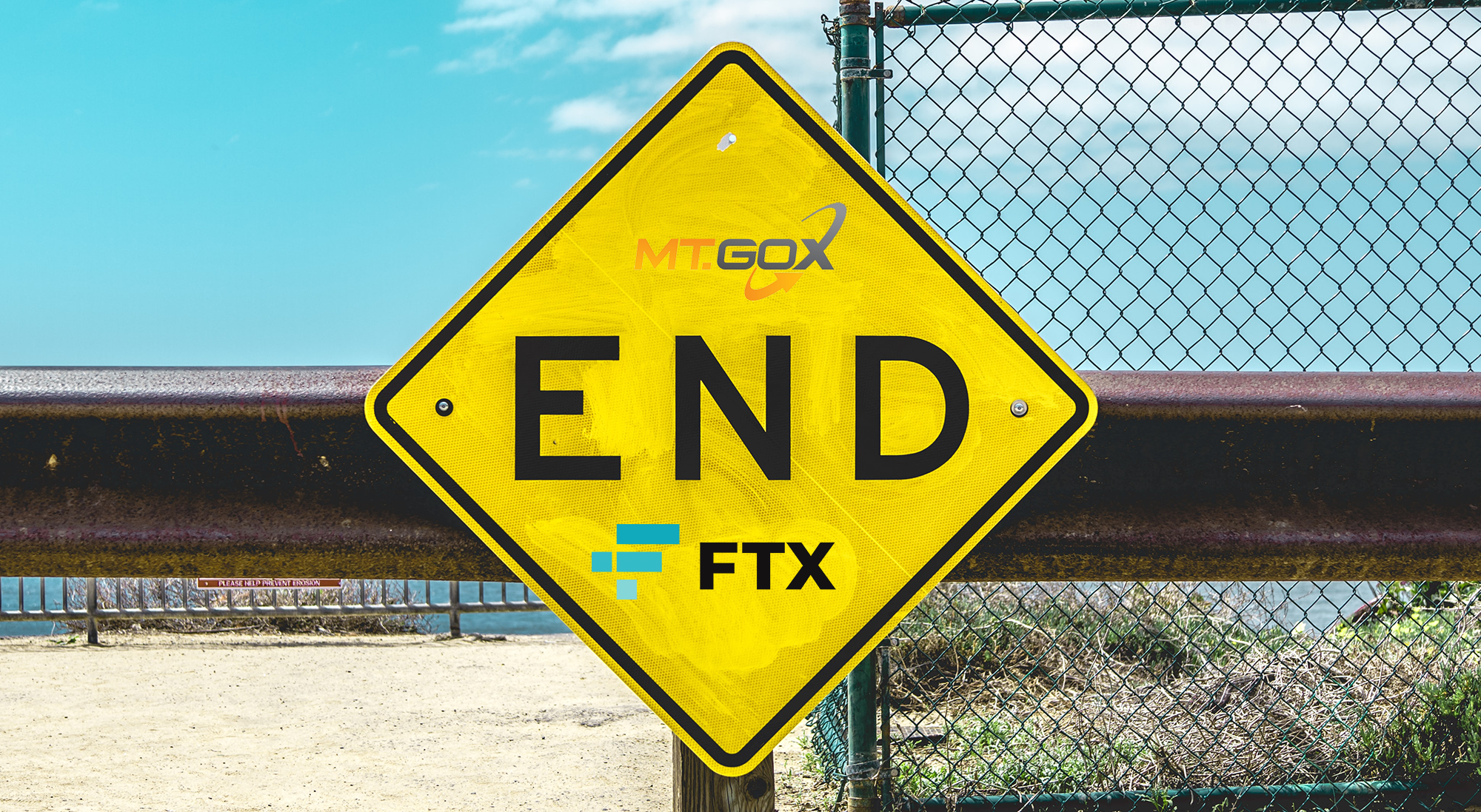High profile crypto exchange hacks and insolvencies not only financially harm their customers but also give cryptocurrency a bad reputation. Less informed spectators may mistakenly view these events as a sign that blockchain security and other fundamentals have all the sudden become flawed. But at the end of the day established coins like Bitcoin and Ethereum can do the same things they did before and after a major exchange events. The main culprit is human error and it’s interesting to see how many exchanges actually failed because of out of control embezzlement issues.
- Mt. Gox: In 2014 Mt. Gox was one of the largest Bitcoin exchanges in the world. They filed for bankruptcy after 850,000 Bitcoins (worth around $450 million at the time) were stolen from the exchange. CEO Mark Karpelès was arrested in August 2015 by Japanese police and charged with fraud and embezzlement. The Tokyo District court later found Karpelès guilty of falsifying data to inflate Mt. Gox’s holdings, for which he was sentenced to 30 months in prison. The embezzlement charges were eventually formally dropped because of thin evidence.
- Cryptsy: In 2015, Cryptsy, a Florida-based exchange, suffered a hack in which 13,000 Bitcoins (worth around $6 million at the time) were stolen. Once founder Paul “BigVern” Vernom stole his customers’ funds from Cryptsy’s wallets, he deposited the funds into a personal wallet and then transferred the same funds into his personal bank account. Vernom faces life in prison.
- Bitfinex: In August 2016, Hong Kong based Bitfinex, announced it had suffered a security breach. 119,756 bitcoin, worth about US$72 million at the time, were stolen. Immediately thereafter, Bitcoin’s trading price plunged by 20%. Although no traces of embezzlement was found, it’s important to note the power large exchange related hacks have over the price of crypto currencies.
- Youbit/Coinbin: In 2017, Youbit filed for bankruptcy (the first for a cryptocurrency exchange in South Korea) following two hacks in the same year. Youbit was then acquired by South Korean exchange Coinbin, who also filed for bankruptcy shortly after in 2018 citing embezzlement. Coinbin CEO Park Chan-kyu revealed the Coinbin employee in charge of cryptocurrency balances at the exchange, also the previous CEO of Youbit, had neglected his responsibilities and embezzled Coinbin funds.
- QuadrigaCX: In 2019, Canadian based QuadrigaCX filed for bankruptcy after the death of its founder left the company unable to access the majority of its crypto assets, which were stored in cold wallets. Leading up to the bankruptcy, founder Gerald Cotten had been embezzling (and losing) customer funds for years by transferring coins to other exchanges and gambling them in high risk margin trading.
- FTX: In 2022, an exchange worth 32 Billion went bankrupt in 5 days. Leading up to this, embezzlement was most likely happening for quite some time. Customer funds were used for margin trading and other risky activities without customer permission. Publicly, the beginning of the end started in November when CoinDesk published a report showing that FTX’s trading firm, Alameda Research, had an outsize number of FTX-issued coins (FTT) on its books. Days later, Changpeng Zhao, the Binance chief executive, said he’d sell roughly $530 million worth of FTT coins. Panic ensued and FTT prices plunged as investors tried to get their money out of the exchange. FTX couldn’t keep up. The exchange froze withdrawals and soon after, filed for bankruptcy.
Reputable centralized exchanges are a fine place to make trades, but once your balances reach a significant amount you should highly consider moving your coins to a private wallet that you own the private keys to. Everyone will have a different definition for what a significant amount is. It’s up to you to remember to transfer coins and store your private keys in a responsible manner.


